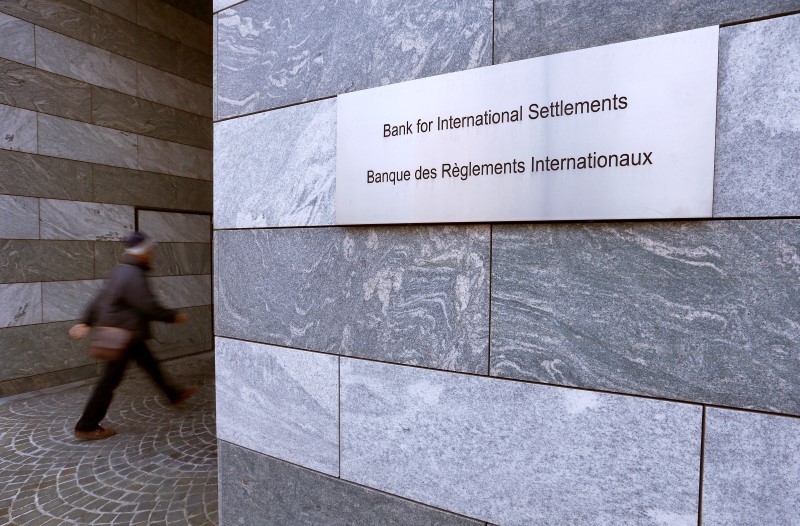By Jamie McGeever and Patrick Graham
LONDON (Reuters) - The amount of cash big banks have used to fund share buybacks and dividend payouts since 2007 has topped $1.7 trillion (1.2 trillion pounds), a huge figure that could be better used to strengthen their capital or lend, the Bank for International Settlements said on Wednesday.
The accumulated spend on buybacks and dividends between 2007 and 2014 period was $1.73 trillion, far outstripping the extra $405 billion in retained profits they kept on their books over the period, BIS data showed.
Major banks generally hold capital above the tougher minimum requirements introduced after taxpayers had to shore up the sector during the financial crisis. But they say it is difficult to design a profitable business model until all new banking rules are finalised and some existing ones eased.
Banks are anxious to attract and keep investors at a time of lower profitability, and boosting dividends is one way of doing this.
But dividend payouts and share buybacks erode bank capital, Hyun Song Shin, head of research at the BIS, said on Wednesday. And the trend is accelerating, calling into question banks' complaints that they're struggling to raise the necessary equity and capital required of them by tougher regulation.
"If banks feel constrained by regulation, then ploughing more of the bank's profits back as retained earnings and not dissipating its capital through share buybacks solves the problem," Shin told Reuters.
"This is better from the viewpoint of the broader public interest than loosening regulation and inviting greater leverage," he said.
The data from the BIS, the Switzerland-based forum of major central banks, cover 56 banks in advanced economies around the world, including the biggest U.S., European and Japanese institutions.
Accumulated share buybacks topped $1 trillion in 2014, while accumulated dividend payouts totalled $696 billion.
Retained earnings, the stock of profits over the lifetime of the banks not paid out to shareholders, rose to $1.39 trillion from $988 billion over the period.
The data echo euro zone bank figures published by the BIS earlier this month. Shin told an audience in Frankfurt then that it was in the public interest for banks to hold more of their earnings because better-capitalised companies can fund themselves more cheaply and, therefore, are in a better position to lend.
The BIS also published figures on Wednesday that showed banks are in a much healthier position now in terms of leverage than at any time in the past quarter of a century.

Banks' leverage, as calculated by total assets divided by equity, was around 14 at the end of last year. That's sharply down from 48 just before the global financial crisis in 2008, and lower than any point since at least the late 1980s.